KUALA LUMPUR, Sept 30 — If a child were to ask what a lion or tiger looks like, what could possibly be the best way to offer an explanation?
An immediate solution could be to get a stuffed toy, but here is a problem — the stuffed toy, no matter how perfectly made, would not be able to replicate the characteristics of the live animal.
How else then? Most parents would say, “Come, let’s go to the zoo.”
Hence, this is one reason why Zoo Negara still has a long queue building up to its entrance till today.
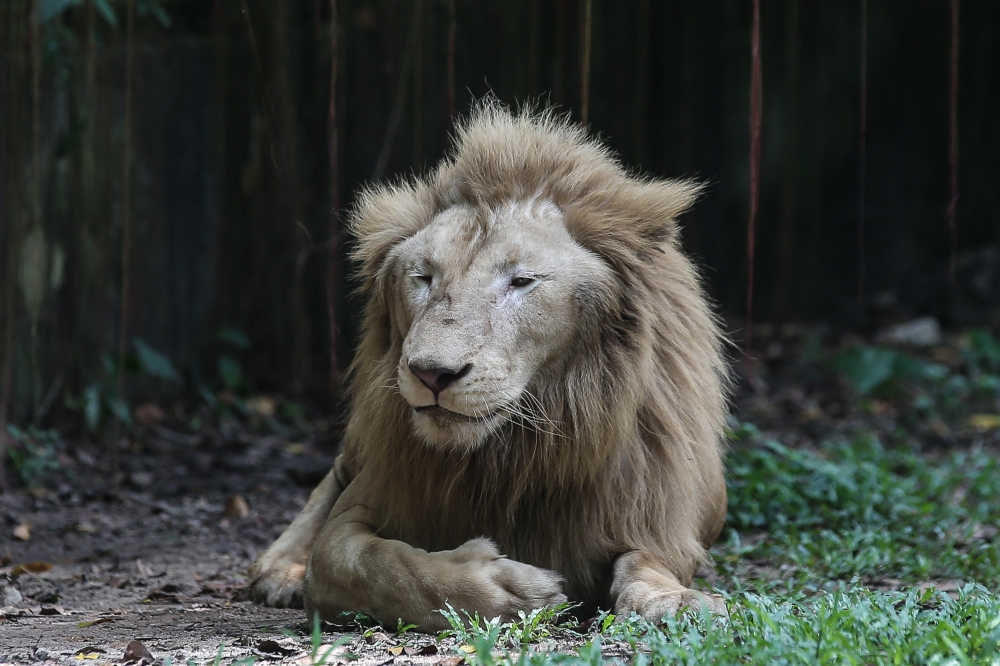
Zoo Negara deputy president Datuk Rosly @ Rahmat Ahmad Lana said unlike the jungle, visitors do not have to worry about being eaten by wildlife.
“If we didn’t have a zoo, how do we introduce to children how a tiger looks like, for example?” he asked.
“If you look for them (tigers) in the jungle, you might end up being eaten by the tiger,” Rosly told Malay Mail in an interview here at his office in Zoo Negara.
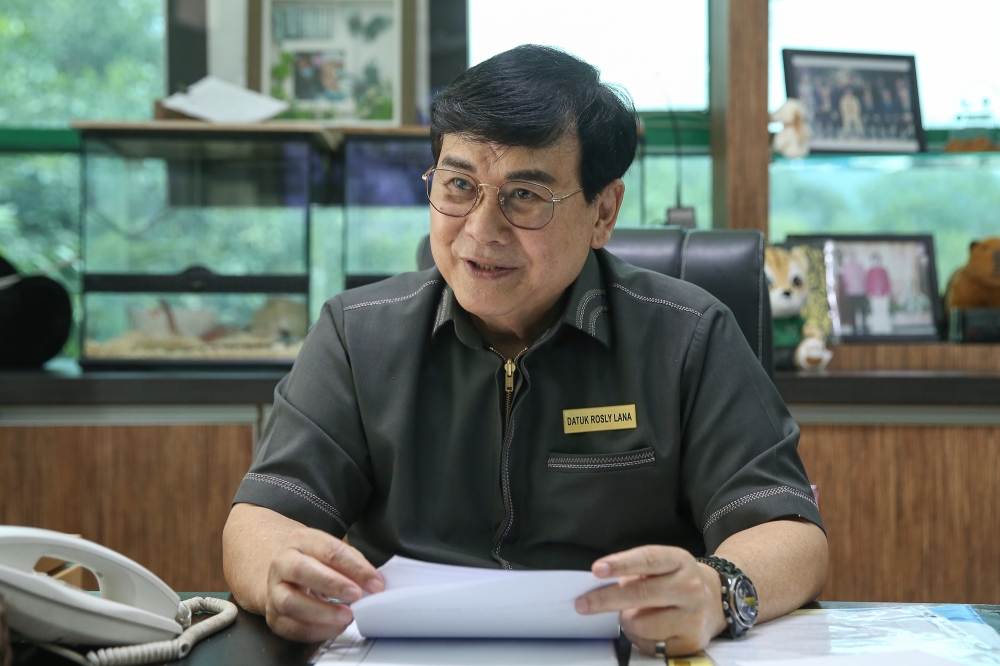
The zoo in recovery
There are, however, times when traffic is slightly lower than usual, such as during the fasting month, Rosly said.
But nothing compared to how they were worst hit in 2019, when the zoo was running low on funds, and subsequently the Covid-19 pandemic, which forced the zoo shut for several months.
However, things are much better now, Rosly said, adding that previously, even 100 visitors on a Monday was difficult.
He also said the zoo has to ride out negative perceptions thrown at it from time to time.
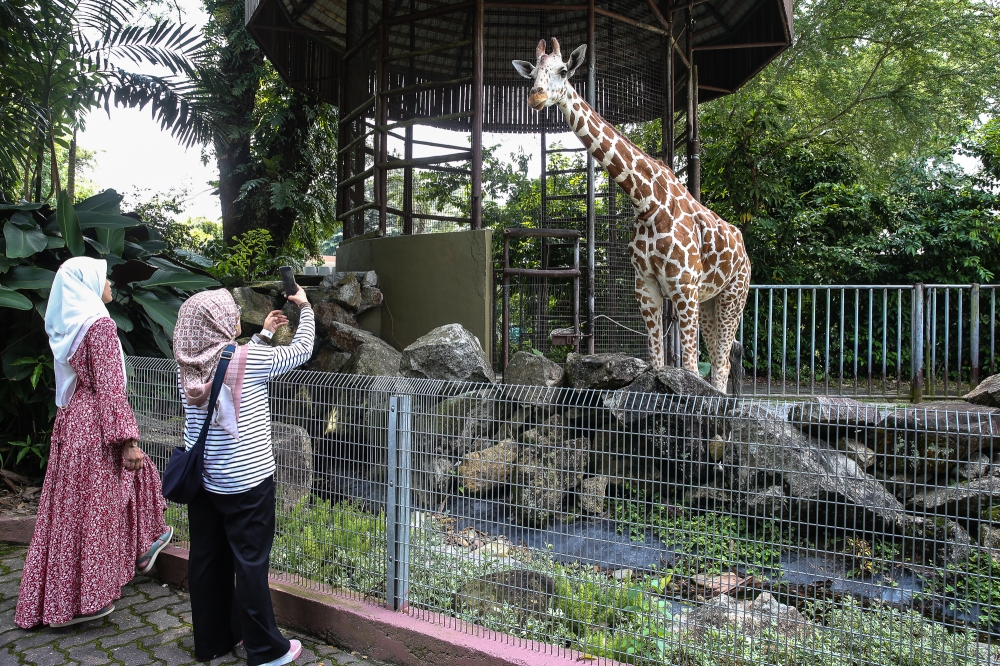
Looking on the bright side, the number of visitors has been growing steadily after it reopened when the government lifted the movement control order.
In 2020, the zoo had only 183,198 visitors. In 2022, the number grew to 432,198, and in 2023, the number grew even more to 613,338.
According to Rosly, the zoo has managed to recover about 20 per cent of gate collections to date compared to pre-Covid-19 pandemic levels.
“Our main funding for the zoo is still dependent on gate collection, and this is used to pay for staff salaries, feed the animals and for small maintenance works,” he said.
“As for exhibit renovations and upgrades, we are solely dependent on contributions, so as and when we receive these funds, we upgrade the exhibits.
In 2014, two giant pandas were loaned from China to Malaysia in conjunction with the 40th anniversary of Malaysia-China relations.
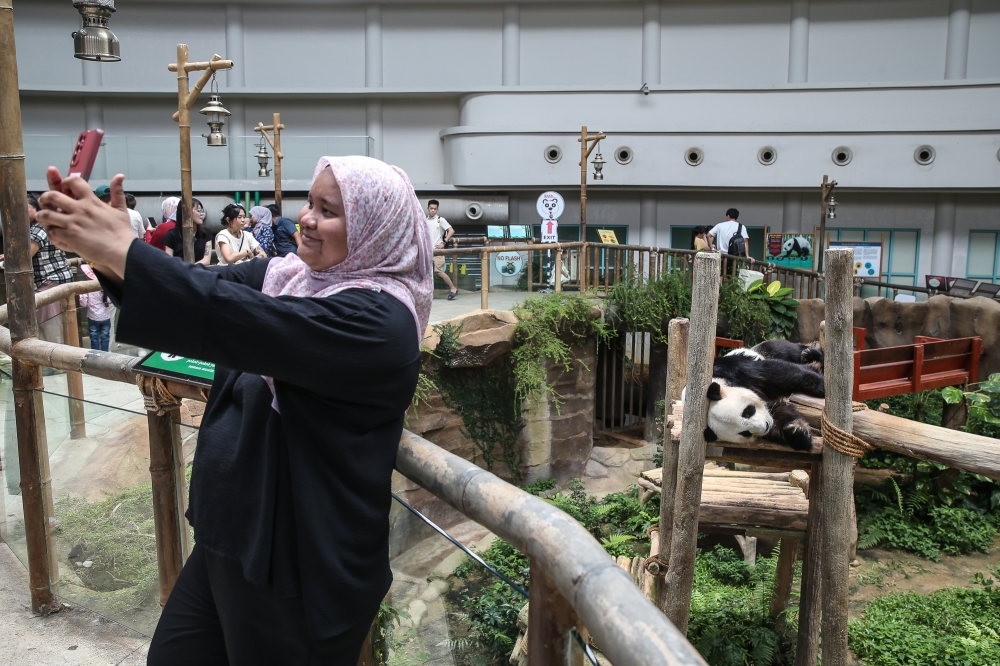
“So far, the biggest renovation we made was when the government brought the giant pandas to Malaysia, and placed them with us,” he said, adding that the government helped with major renovations to beautify the zoo that year.
This was when the zoo was exceptionally packed as the giant pandas were a rare exhibit and only found in some 30 zoos worldwide.
“When we got the giant pandas, that generated a lot of traffic, but it only lasted for a few years, and then traffic was slow again,” he said.
“But until today, they are still a main attraction for us, so we did propose to the government to renew the giant pandas’ contract, but to bring in a new couple,” he said.
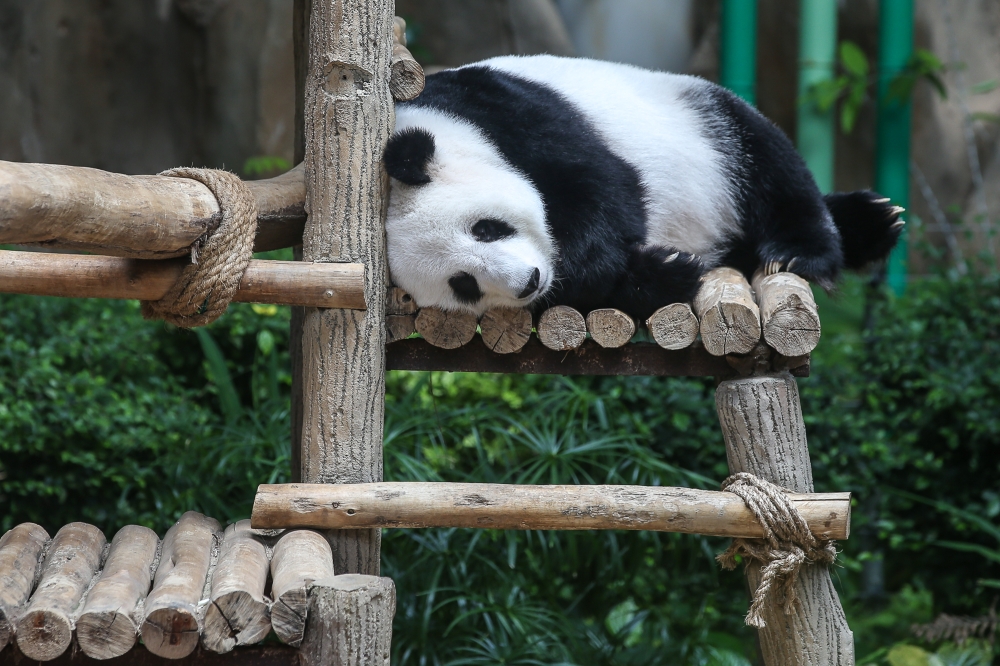
Fu Wa and Feng Yi, the two giant pandas whose 10-year contract has expired, are due to return as their age is catching up.
The lifespan of a giant panda goes up to 25 years in captivity compared to about 20 years in the wild. The couple is now about 18 years old.
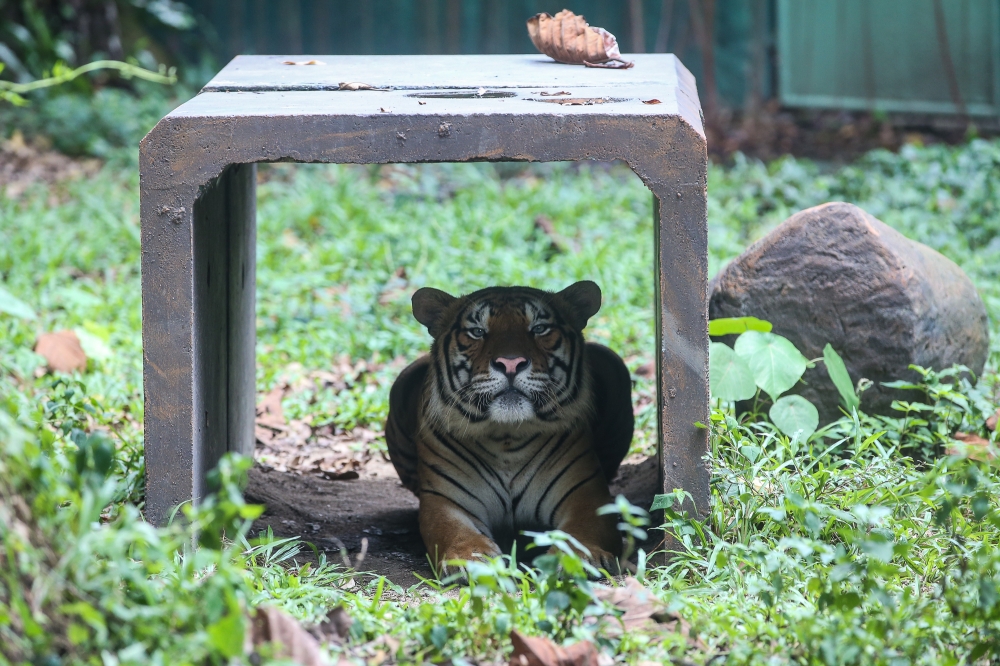
Today, apart from the giant pandas, visitors to the zoo can enjoy other upgrades such as the tiger tunnel, where the big cats are visible at close proximity.
There is also a mini bird park, a mini safari that hosts giraffes, zebras and deer, while a new orangutan exhibit area is currently being added.
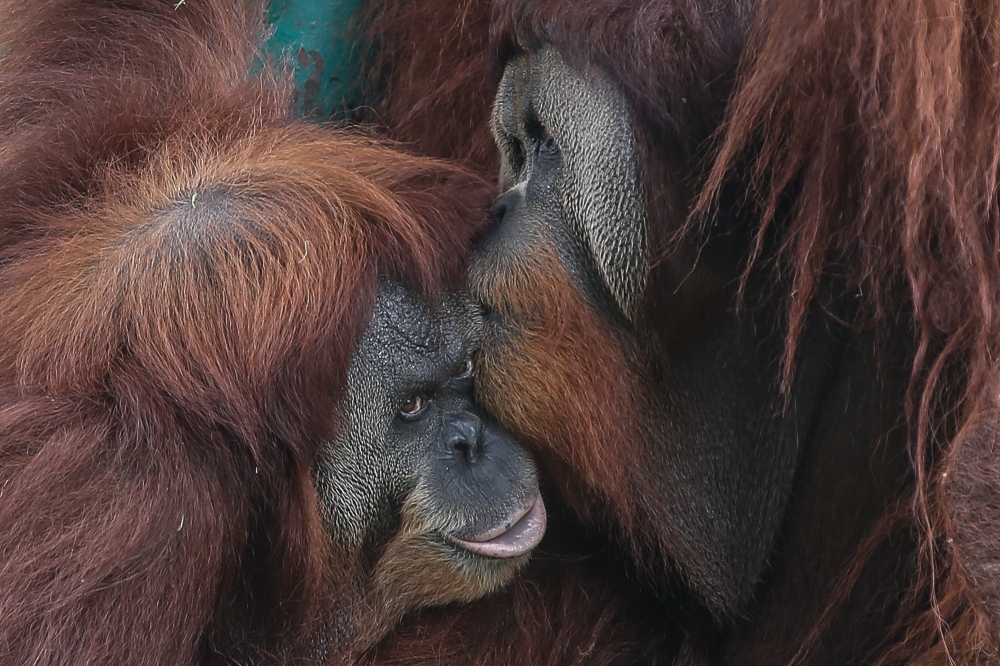
Camping at the zoo
Apart from gate collections and the giant pandas, the zoo recently introduced a unique activity for visitors — the Zoo Camp.
Yes, visitors can now camp out in the zoo compound and spend a night “with the zoo animals.”
“The Zoo Camp has been doing very well, it’s been fully booked since last year shortly after we introduced it end of 2022,” Rosly said.
“It is a very interesting experience because you actually get to spend the night so close to the animals who are awake at night, such as the tiger and lion,” he said.
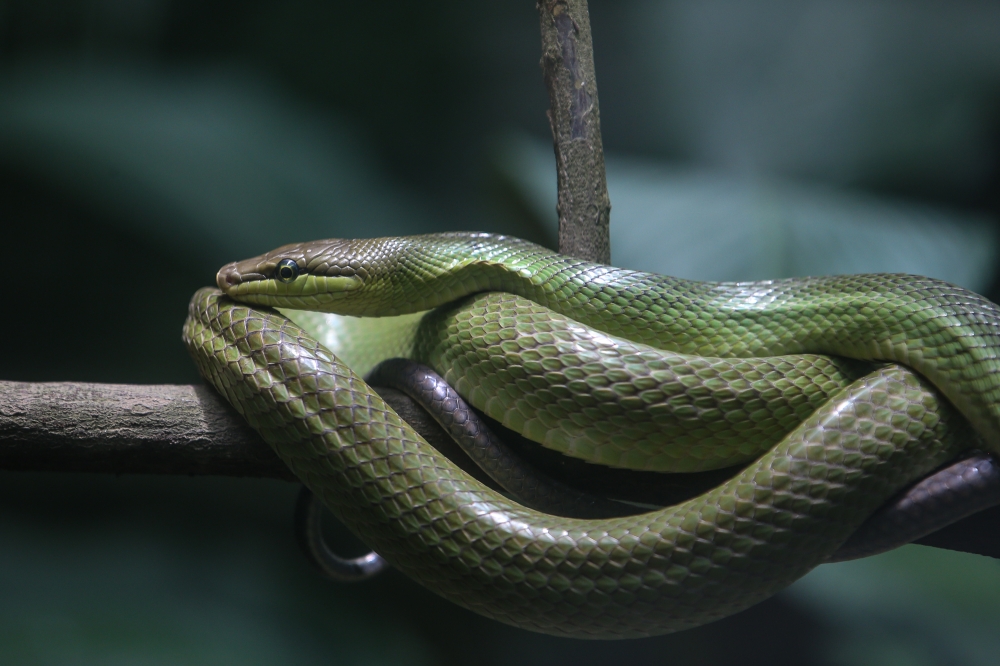
Rosly assured that it is safe, as the animals return to their resting place, which has very tight security compared to the jungle, where “if you hear these animals there, you could likely become food,” he joked.
The Zoo Camp starts in the evening with a tour of the zoo compound, where visitors see how the animals return to their resting place.
The next morning, they participate in a wildlife enrichment programme where they prepare meals for the zoo animals.
Apart from these new additions, Rosly said they are in negotiation with the Papua New Guinea government to bring in the Birds-of-paradise — a group of birds belonging to about 45 species of small to medium-sized forest birds.
There are also negotiations with the Indonesian government to bring in the Komodo Dragon.
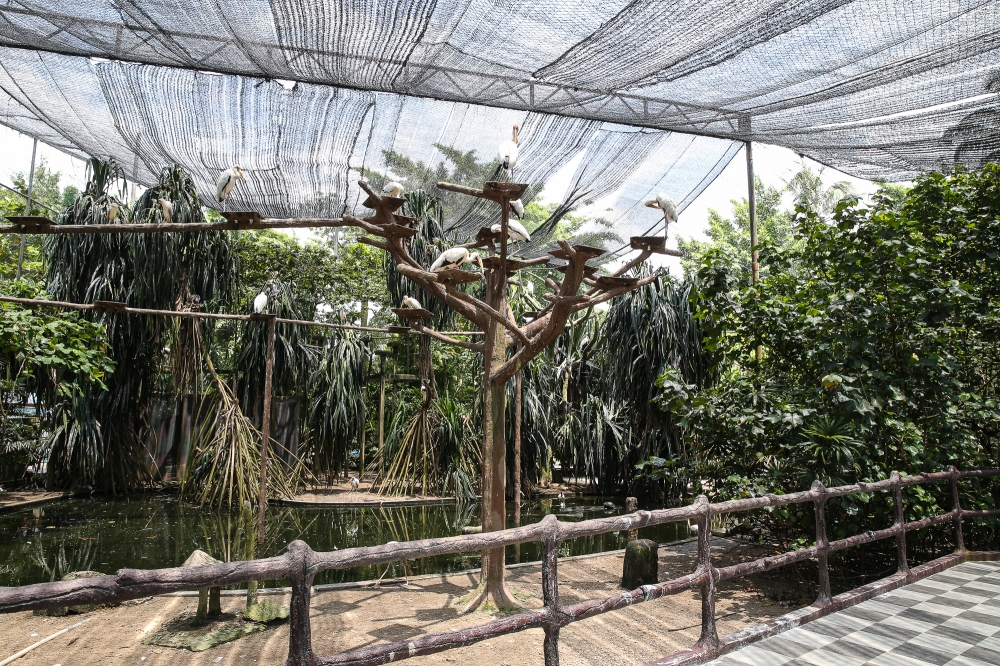
How did Zoo Negara come about?
With the involvement of the government in certain zoo affairs, a question still remains as to why Zoo Negara is not placed under the purview of the federal government.
“Our founder of Zoo Negara, Tan Sri VM Hutson, back then, reared the animals in his home on a five-acre land,” Rosly explained.
“Then, when Tunku Abdul Rahman saw the animals and held the Malayan Agri-Horticultural Association (Maha) exhibition, the public showed interest in the animals,” he said, which led to the late Tunku Abdul Rahman proposing to Hutson to set up a zoo in Malaya.
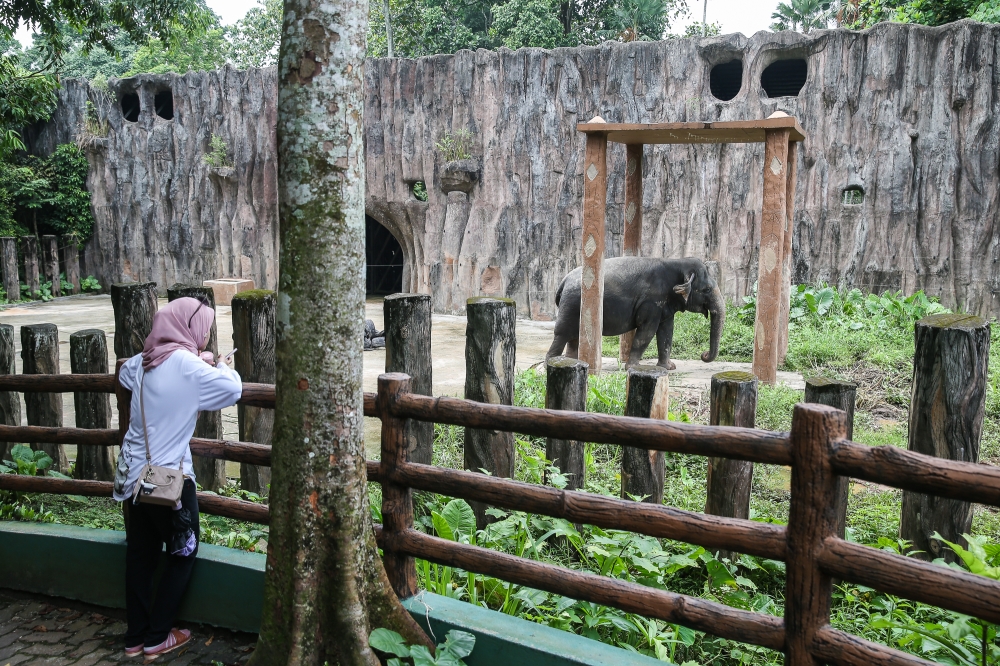
Rosly said Hutson was initially offered some land for the zoo at the Lake Gardens (now known as Perdana Botanical Garden), as Hutson insisted on a location near a lake.
However, Rosly said Hutson “did not agree with the initial location as he had concerns that the zoo may turn into London Zoo, congested by buildings.”
Instead, Hutson opted for opted for the more remote Hulu Kelang. “Back then, there were no housing developments in the area, it was just jungles,” he said.
However, the Malayan government could not support the zoo at the time, and that was how Hudson set up the Malayan Zoological Society, where the funds were raised to establish the zoo.
That is also how Zoo Negara came about, Rosly said, noting that Tunku Abdul Rahman gave permission for the zoo to use the name Zoo Negara, even though it was not owned by the government.
Under the Federal Constitution, the government is not allowed to take over the zoo, as it was set up as a non-governmental organisation (NGO).
“Unless we want to hand it over to the government, but it won’t happen because, to care for a zoo, it’s even harder than caring for human beings,” he said.
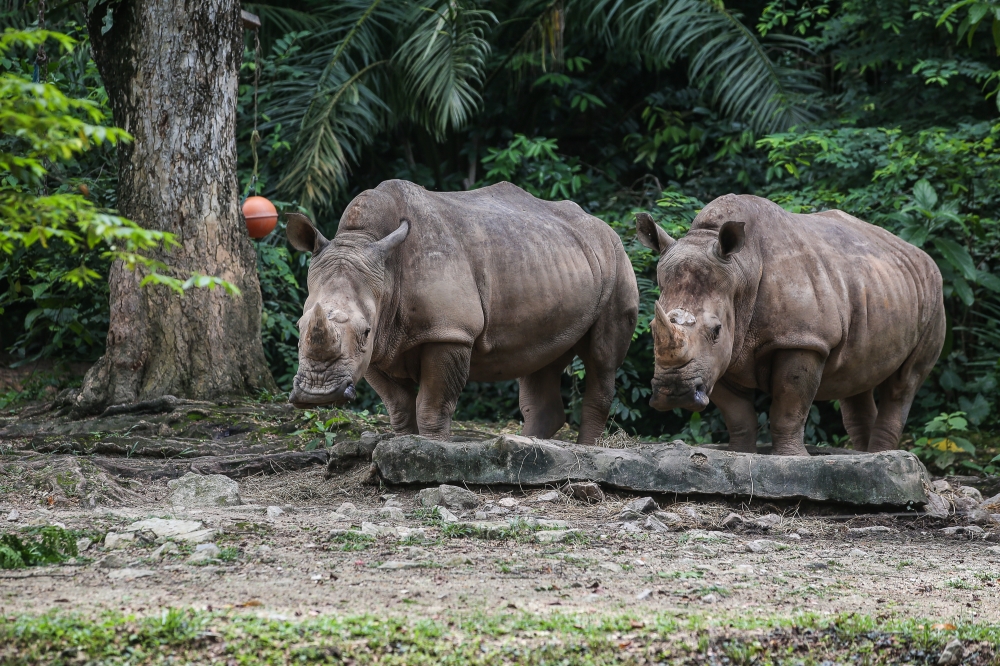
It is a meticulous process, with the animals’ vitals checked daily, stool condition monitored and appetite assessed, Rosly explained. They are also fed vitamins, and their blood is checked, he added.
Rosly also said that it is difficult to find zoo workers.
The zoo needs RM1.3 million each month to pay salaries and maintain the facility.
Over the years, the zoo’s entry fee has gradually increased, and today it is RM45, which includes the entrance fee for the giant panda exhibit. As for the Zoo Camp, each session can take up to 50 participants and is priced at RM150 per person.



















